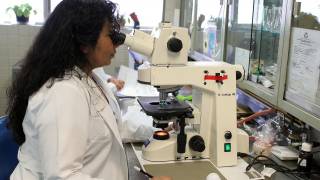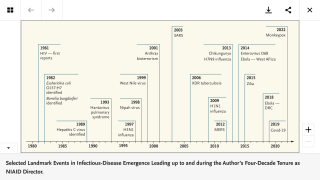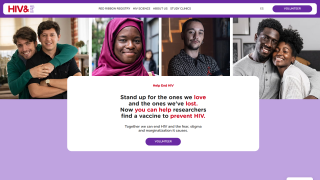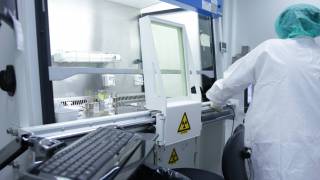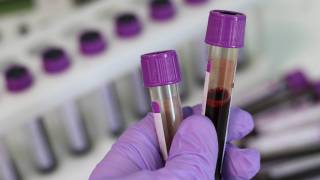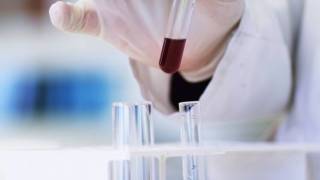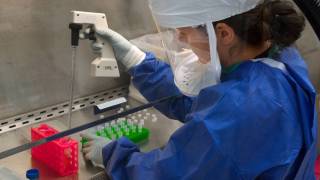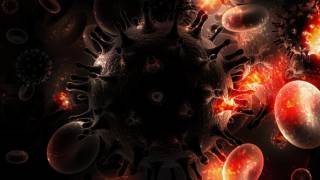Vaccines Could End the HIV Pandemic
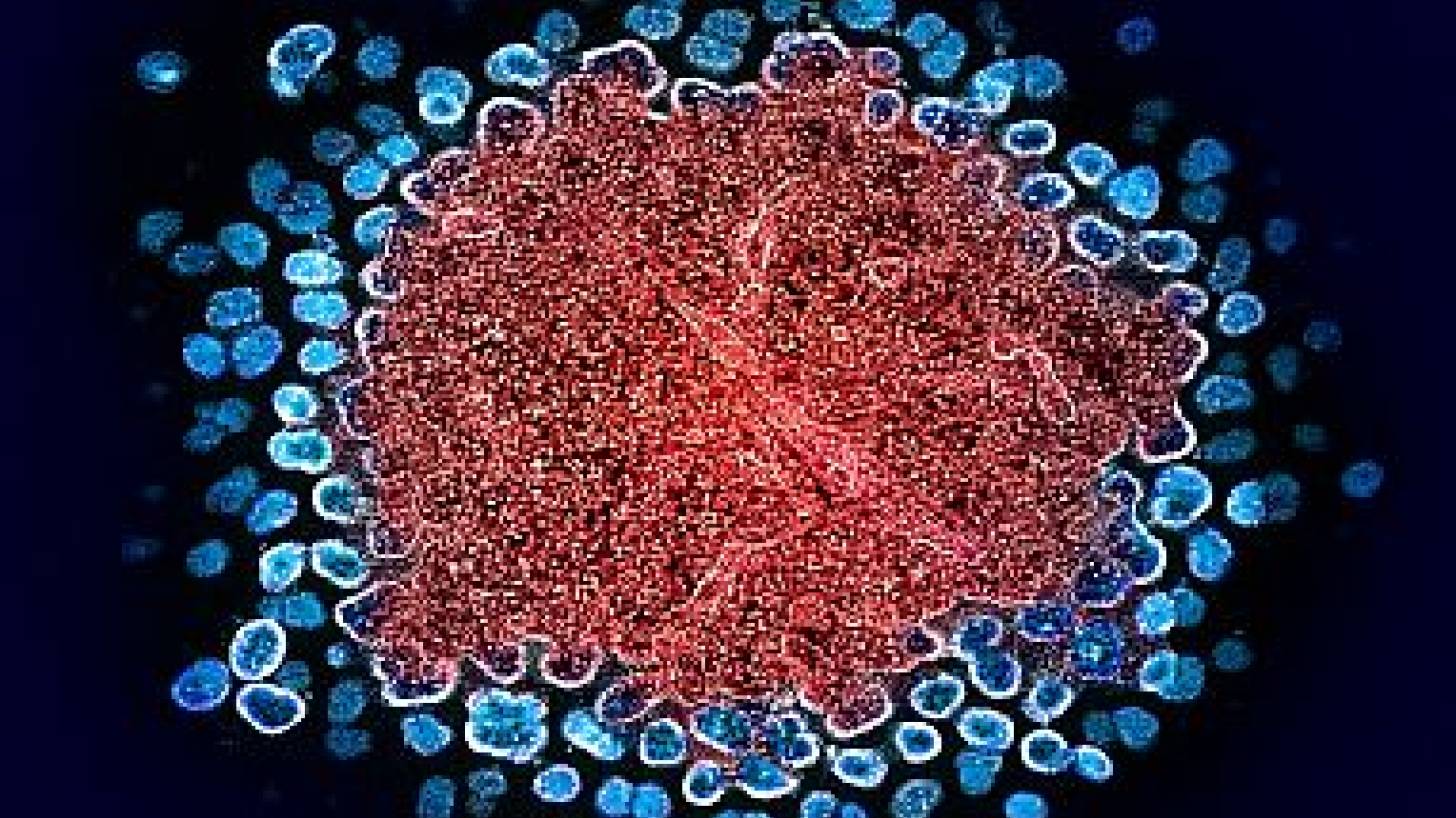
Vaccines work by inducing the human immune system to make antibodies that can neutralize a particular pathogen. But doing so for the Human Immunodeficiency Virus (HIV) has been challenging, says the U.S. National Institutes of Medicine (NIH).
More than a decade ago, researchers at the Vaccine Research Center of NIH's National Institute of Allergy and Infectious Diseases discovered a class of rare antibodies called broadly neutralizing antibodies (bnAbs) against HIV that could neutralize many HIV strains at once.
But inducing bnAbs with a vaccine has proven difficult.
This is because bnAb-precursor B cells—the immune cells that develop into bnAb-producing B cells are rarely activated by the envelope proteins that form a protective coating for HIV.
One strategy to produce bnAbs involves specifically stimulating these rare precursor B cells.
To do this, researchers led by Dr. William Schief at the California-based Scripps Research Institute engineered a molecule based on a region of the HIV envelope protein called the CD4 binding site.
They developed a modified protein to prime the precursor B cells to react.
The protein, called eOD-GT8, was designed to incorporate into a self-assembling nanoparticle with 60 copies.
Based on this evidence, a research team led by Drs. Juliana McElrath at the Fred Hutchinson Cancer Center, Adrian McDermott at NIH's Vaccine Research Center, and Schief conducted a phase 1 clinical trial of the eOD-GT8 vaccine candidate.
This study's results appeared in the journal Science on December 2, 2022.
They found that the B cells increased in 97% of vaccine recipients after at least one of the two doses. And the frequencies of these B cells increased by more than 500-fold compared to before vaccination.
The team also examined the receptors that B cells use to recognize pathogens.
These receptors resemble antibodies and recognize their targets in a similar way.
Receptors on the eOD-GT8-targeting bnAb-precursor B cells shared several molecular features with bnAbs.
The team also saw early steps in the development of bnAbs.
These include an increase in mutations in the receptor genes after the second vaccine dose and an increase in the affinity of the receptors for the vaccine.
These findings establish proof of concept and a crucial first step for the strategy of eliciting bnAbs against HIV, wrote Brian Doctrow, Ph.D. on December 13, 2022.
But this priming vaccine alone cannot induce the production of mature bnAbs.
Booster vaccines will be needed to elicit bnAb production and protection against HIV.
"This trial and additional analyses will help inform the design of the remaining stages of a candidate HIV vaccine regimen while enabling others in the field to develop vaccine strategies for additional viruses," Dr. McElrath says.
This innovative study's findings are good news since the U.S. FDA had not authorized an HIV vaccine as of December 14, 2022.
Other HIV vaccine candidate news is posted at PrecisionVaccinations.com/HIV.
PrecisionVaccinations publishes fact-checked, research-based vaccine information manually curated for mobile readers.
Our Trust Standards: Medical Advisory Committee

